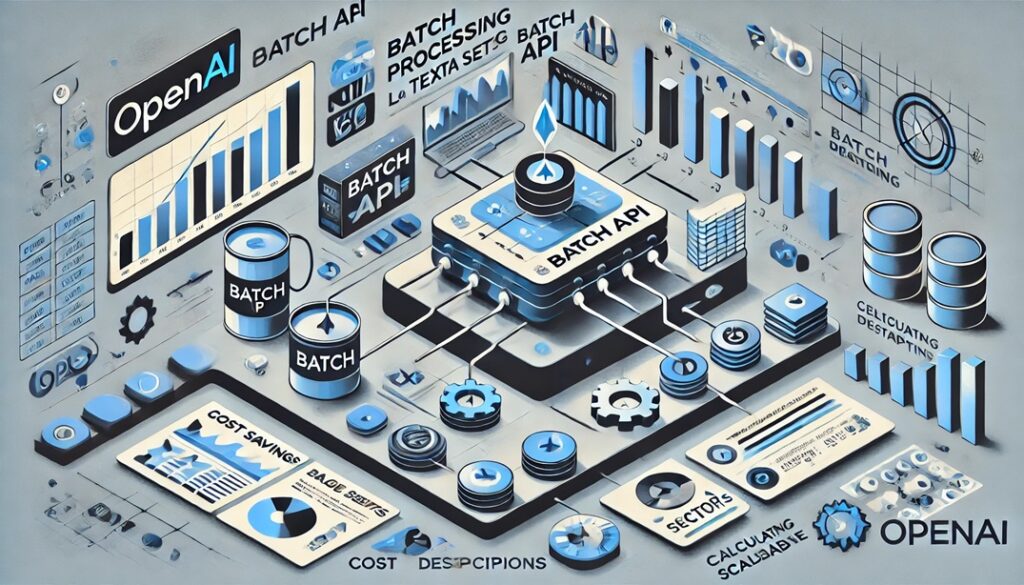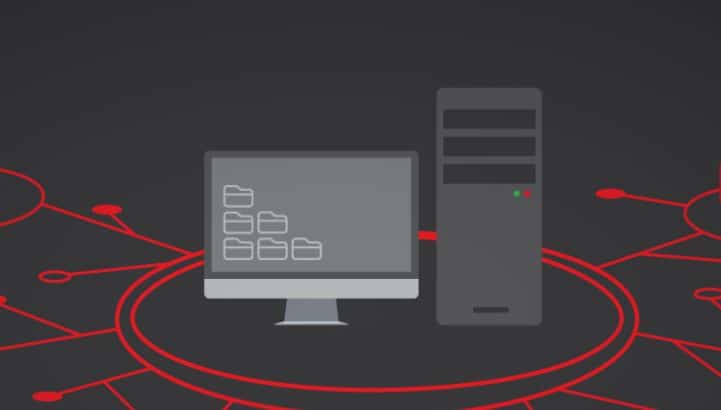Leveraging OpenAI’s Batch API for Cost-Effective AI Deployment in SMEs
At Positive doo, our journey with AI and LLM-based applications is continuously evolving. A critical aspect of our workflow involves preparing and storing large volumes of data and vectors, particularly when dealing with extensive image descriptions. OpenAI’s Batch API has emerged as a transformative tool in this process, significantly reducing operational costs and improving efficiency.
Understanding OpenAI’s Batch API
OpenAI’s Batch API allows for asynchronous batch processing of up to 50,000 requests, which is particularly useful for applications requiring heavy computational tasks such as generating text or calculating embeddings from large datasets. This capability not only streamlines workflows but also offers substantial cost benefits due to its asynchronous nature, allowing for extensive tasks to be handled more economically.
Cost Reduction through Batch Processing
For SMEs like Positive doo, the cost-efficiency of the Batch API is a game-changer. By enabling batch processing, the API allows for the bulk handling of tasks such as generating descriptions for a large number of images or computing their corresponding vectors. This process significantly reduces the cost per API call and minimizes the computational load on our resources, which is crucial for maintaining budget efficiency in an SME environment.
Application in Data Preparation and Storage
Using the Batch API, we recently managed to generate GPT-4o-driven descriptions of numerous images, and subsequently store these descriptions along with their corresponding vectors in a vector database. This method proved not only cost-effective but also remarkably efficient, aligning with our goal of maximizing resource utilization without sacrificing quality.
Hosting and Deployment Considerations
For deployment, hosting these LLM applications as Azure web services proves advantageous. Azure provides a robust platform with excellent scalability options that can handle the demands of running advanced AI applications. By using Azure, Positive doo ensures that our applications are both reliable and capable of scaling according to customer demand.
Enhancing UI with FastAPI/React for Production
While Streamlit serves well during the development phase for its simplicity, transitioning to production often necessitates a shift towards more robust frameworks like FastAPI and React. This shift is crucial for handling increased user loads and ensuring a smooth user experience in a production environment. FastAPI provides the backend robustness required for high-demand applications, while React enables dynamic frontend interactions, enhancing overall application performance and user satisfaction.
Streamlining AI Deployment for Business Advantage
At Positive doo, the integration of OpenAI’s Batch API into our operations exemplifies our commitment to leveraging cutting-edge technology to solve practical business challenges. By optimizing how we handle data preparation and vector storage, we not only cut costs but also enhance the efficiency and scalability of our AI-driven solutions. This strategic technology adoption positions us to better serve our clients and help them navigate their digital transformation journeys more effectively.
To learn more about our AI journey read these posts.
Share



